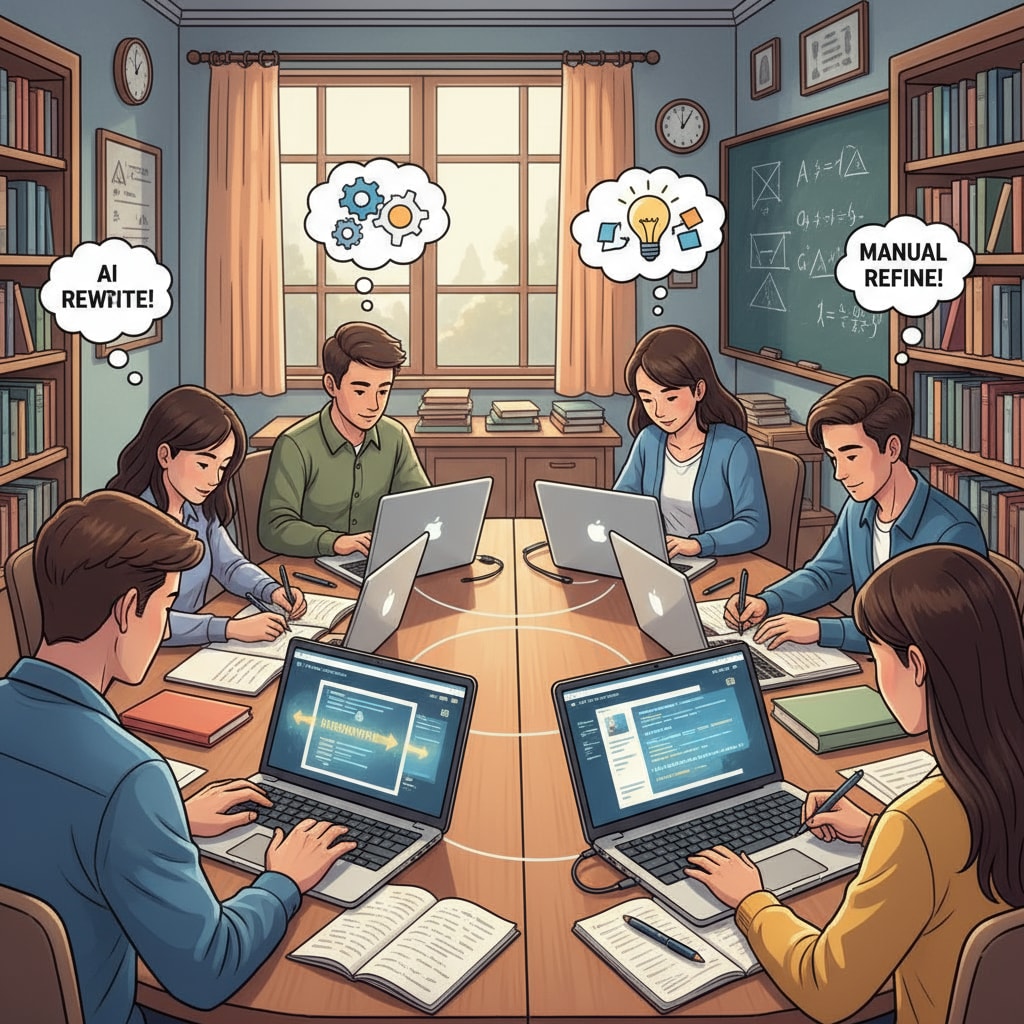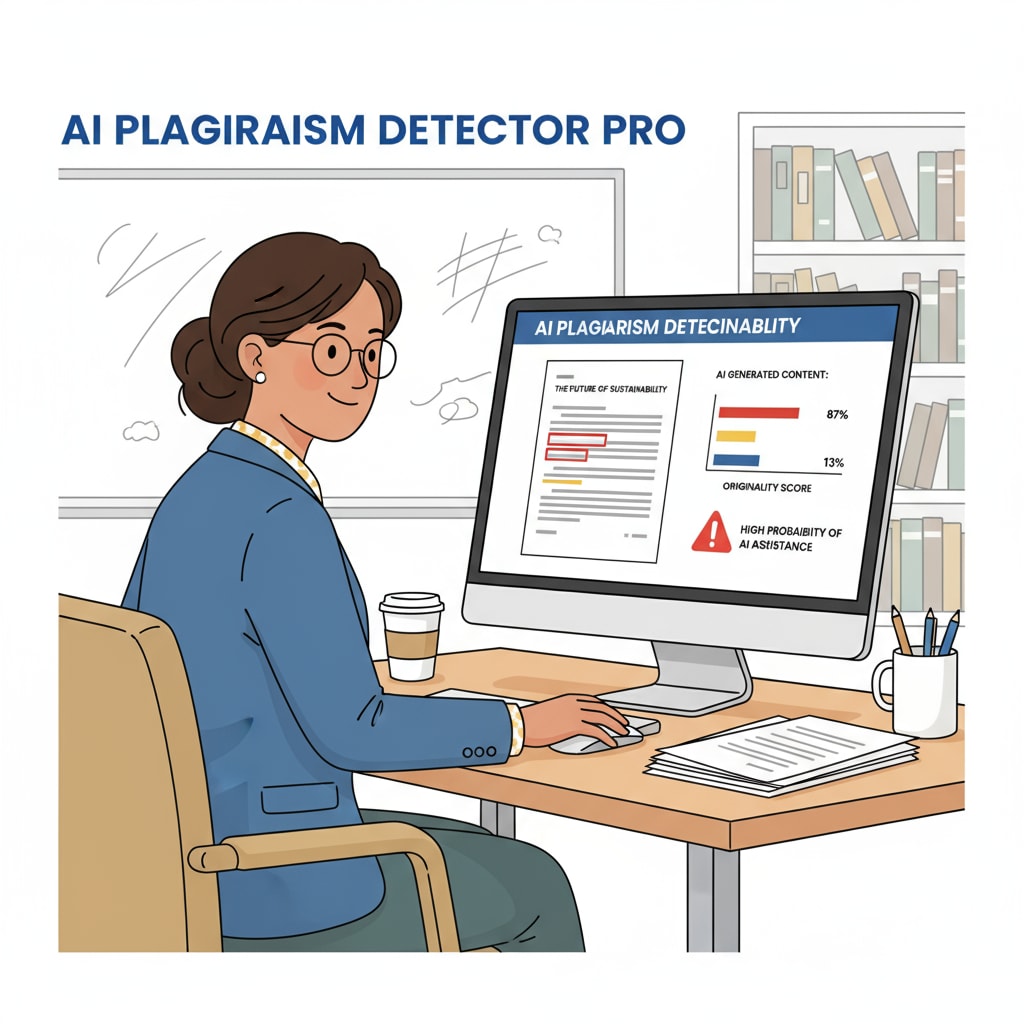In the digital age, the combination of AI rewriting tools, AI detectors, and manual input has become a hot – button issue in academic settings, especially in K12 education. As AI technology continues to evolve, students are increasingly tempted to use AI rewriting tools to rework their assignments and then manually input the content in an attempt to avoid detection by AI detectors.

The Rise of AI Rewriting Tools
AI rewriting tools have become incredibly popular in recent years. These tools use advanced natural language processing algorithms to rewrite text while maintaining the original meaning. For example, Some AI Writing Tool can quickly rephrase sentences, paragraphs, or even entire essays. Students find these tools appealing because they offer a seemingly easy way to improve the quality of their writing without much effort.
The Challenge of AI Detection
Educators, on the other hand, are constantly on the lookout for signs of AI – generated or rewritten content. AI detectors have been developed to identify such content. These detectors analyze various aspects of the text, such as vocabulary use, sentence structure, and logical flow. However, AI detection on Wikipedia is not always foolproof. The detectors may produce false positives or miss some instances of AI – rewritten content, especially when students manually input the rewritten text.

Manually entering AI – rewritten content can make it more difficult for detectors to flag the work as AI – generated. When students type the text themselves, it can introduce some natural variability that detectors might associate with human writing. For example, small typing errors, inconsistent punctuation, or a more personal writing style can be added during the manual input process.
However, this does not mean that manually entering AI – rewritten content is completely undetectable. Educators are becoming more astute at identifying patterns that might suggest the use of AI rewriting tools, even in manually entered text. They look for signs such as overly sophisticated language that seems out of place for the student’s skill level, or a lack of the student’s typical writing quirks.
Readability guidance: The rise of AI rewriting tools poses a significant challenge to academic integrity. Educators need to be vigilant in detecting such tools, and students should understand the ethical implications of using them.


